Japanese Milk Buns, also known as Japanese Milk Rolls, Hokkaido Milk Bread, or Shokupan are the soft yeasted buns using the Tangzhong method. With a golden brown exterior and fluffy white interior, these buns will become a crowd favorite. I break down the steps to make the process simple for a foolproof milk bun.
Table of Contents
Hokkaido Milk Buns may look intimidating to make, but actually are very simple once you dissect the steps (It only takes seven ingredients!). I tested these buns about a dozen times to create the perfect tried-and-true recipe.
My recipe for the milk buns is a little different than the classic recipe, thanks to whole-wheat flour. I love baking with whole-wheat flour because it adds just a little bit more density to the bread without losing the softness. So through testing, I created a partially whole-wheat milk bread.
Through my recipe testing, I also decided to decrease the amount of sugar. This doesn’t impact the flavor of the bread too drastically, but if you’re looking for a sweet buttery bun, finish these off with a mixture of melted butter and honey.
Homemade yeasted bread or rolls can seem like a daunting project, but it’s really pretty simple once you understand the basics. Try my kaiser rolls, sweet potato dinner rolls, and challah rolls for your next dinner spread.
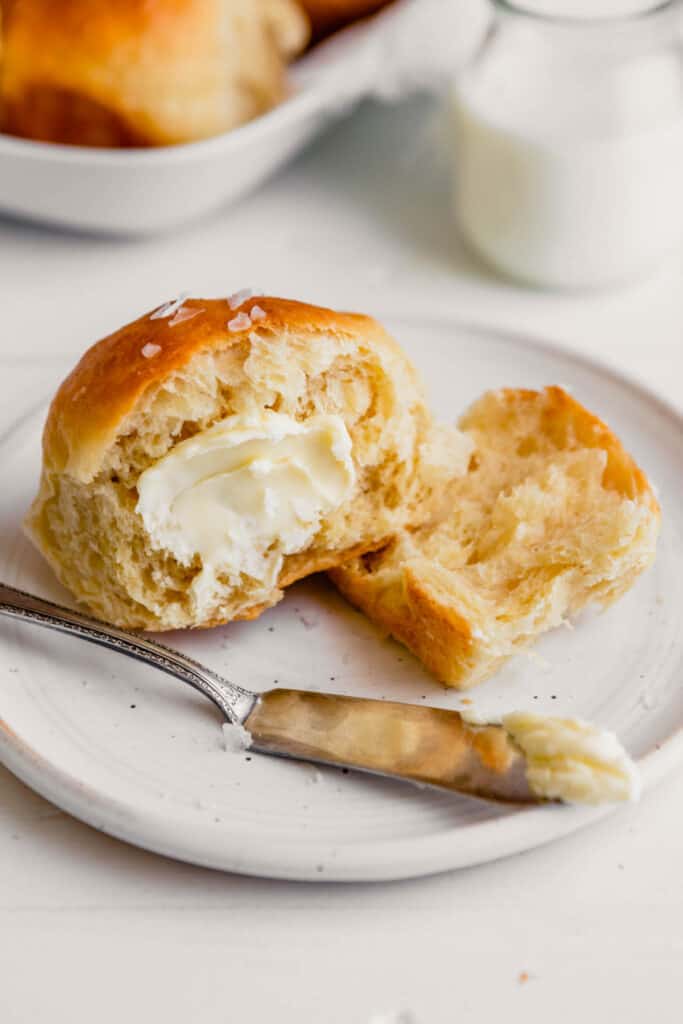
Why You’ll Love this Recipe
- Easy to make. The process is actually pretty simple. Read through the recipe once so you understand the process, then dive in!
- Buttery and soft. The texture of these rolls is truly out of the world.
- Perfect to make-ahead. Since this recipe is made with a tangzhong, the rolls stay nice and moist for a couple of days. Bake these up to 2 days ahead of time.
- Rolls or loaf. This recipe can be baked as rolls or as a loaf. Bake at 350ºF for about 45 minutes (more notes on this in the recipe card).
- Foolproof yeasted roll recipe. Using tangzhong (a Japanese baking technique) is a foolproof way to create softer, fluffier yeast breads. It’s essentially a starter for yeast breads and consists of cooking a small portion of flour and liquid (most often water or milk) together to create a thick, gluey mixture that is then combined with the other ingredients. This process pre-gelatinizes the starches in flour, allowing them to absorb more water throughout the kneading and baking process. The result—an ultra moist and tender dinner roll!
What is Japanese Milk Bread (Shokupan)?
Japanese milk bread, also called tangzhong bread and hokkaido milk bread, is a light and tender yeasted bread made with bread flour, milk and dry milk powder.
Japanese milk bread has a golden exterior with a creamy bright white interior. Fluffy and slightly sweet from the milk and sugar, this bread can be used for sandwiches, toast, or made into milk buns like we did here.
Ingredients
Like we mentioned, the ingredient list for milk buns is pretty straight forward (aside from the salt and sugar, you need just 7 ingredients).
- Bread flour: Bread flour contains more protein than all-purpose which means it can more readily develop gluten. This is key to creating and maintaining structure in these milk rolls.
- Whole wheat flour: Whenever I can, I like to sneak in whole-wheat flour. I even use it to make my Chocolate Chip Pecan Cookies.
- Nonfat dry milk powder: You can find this in the baking aisle. The natural sugars and proteins in milk powder help the dough rise and strengthen the dough.
- Sugar: You’ll just need 2 tablespoons of sugar to feed the yeast and to add a mild sweetness to these buns. Feel free to use honey instead of you wish.
- Whole milk: An essential ingredient in milk buns! It’s important to use whole milk here, do not use a lower-fat milk. You’ll need about ¾ cup.
- Instant yeast: You’ll need a tablespoon of instant yeast. We recommend buying instant yeast by the jar, but if you have packets you’ll need to open two packets and measure out a tablespoon (each packet has 2 ¼ teaspoons or about ¾ tablespoons).
- Large egg: Be sure to use a large egg. Out of shell, large eggs should weigh 50 grams.
- Unsalted butter: I prefer to bake with unsalted butter because it allows me to control the seasoning level. If you’re using unsalted butter, pull back on the added salt to ¾ teaspoon. You’ll need 4 tablespoons butter.
- Flaky sea salt: The finishing touch for these rolls is a brush of melted butter and a sprinkle of flaky sea salt. Don’t skip this step!
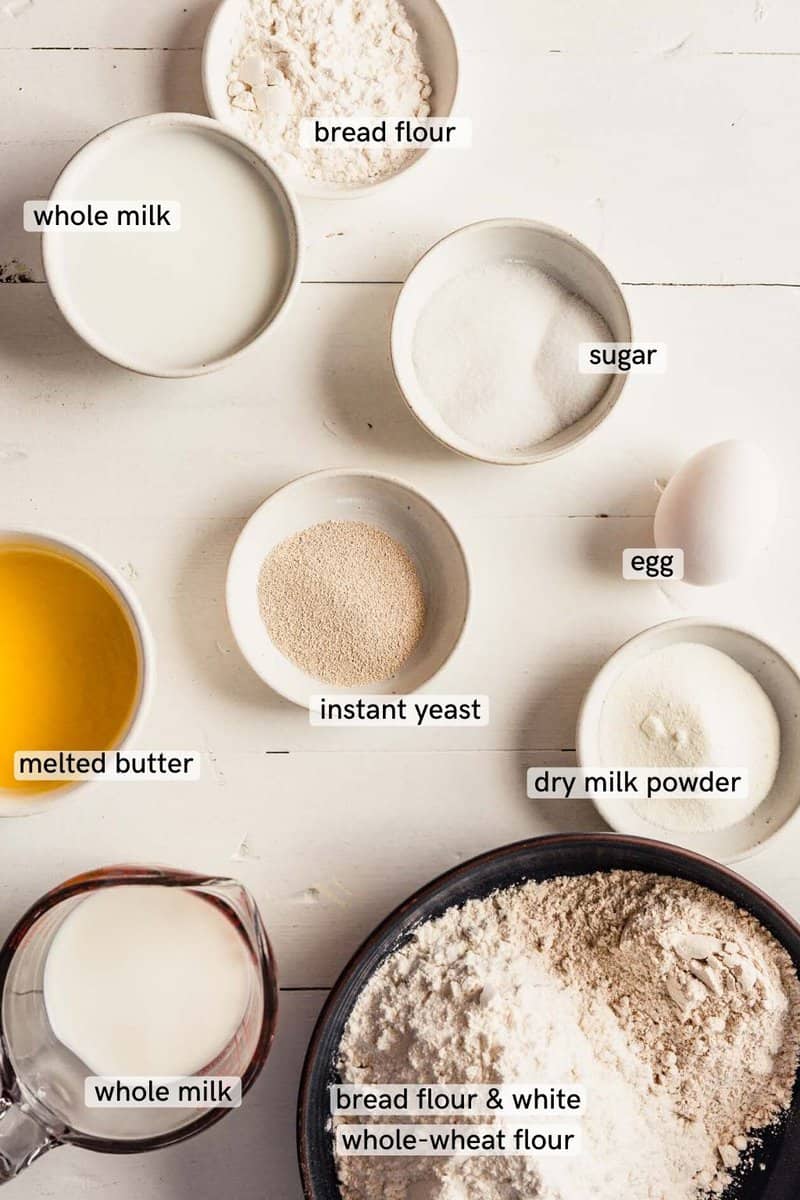
Using the Tangzhong Method
Baking with tangzhong is a Japanese baking technique used to create softer, fluffier yeast breads. Tangzhong is essentially a starter for yeast breads and consists of cooking a small portion of flour and liquid (most often water or milk) together to create a thick, gluey mixture that is then combined with the other ingredients.
And there’s good reason to use a tangzhong, or starter, in yeast breads. It pre-gelatinizes the starches in flour which allows them to absorb more water throughout the kneading and baking process.
Using a starter also helps the dough to create structure and hold on to liquid throughout the proofing and baking process. All of this helps to create a dough that’s less sticky (aka easier to knead), create more steam in the dough which means the buns get more lift during baking, and create buns that are more moist in general (they will last longer because of this).
How to Make Japanese Milk Buns (Hokkaido Milk Buns)
- Make the tangzhong (starter) by cooking milk, water and flour together until a paste forms.
- Combine the tangzhong with the bread flour, whole wheat flour, milk powder, sugar, salt, yeast, whole milk, egg, and melted butter in a stand mixer.
- Mix and knead the dough in the stand mixer until a smooth, elastic dough forms.
- Let the dough proof for 1½ hours.
- Gently punch the dough down, divide into 8 equal pieces and form into smooth buns. /li>
- Let the buns proof for 50 minutes.
- Brush buns with milk and bake.
- Let cool slightly, then brush with butter and sprinkle with sea salt.
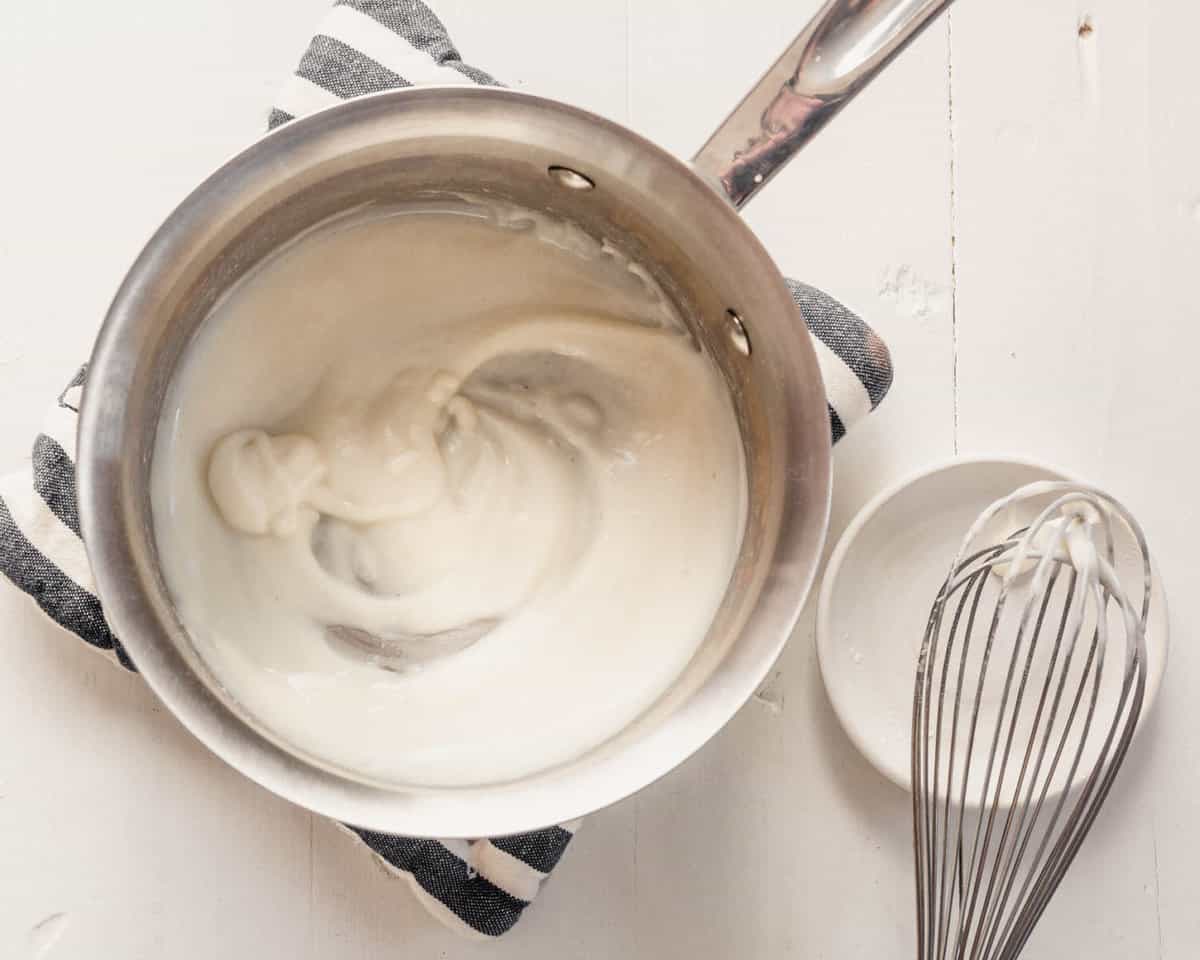
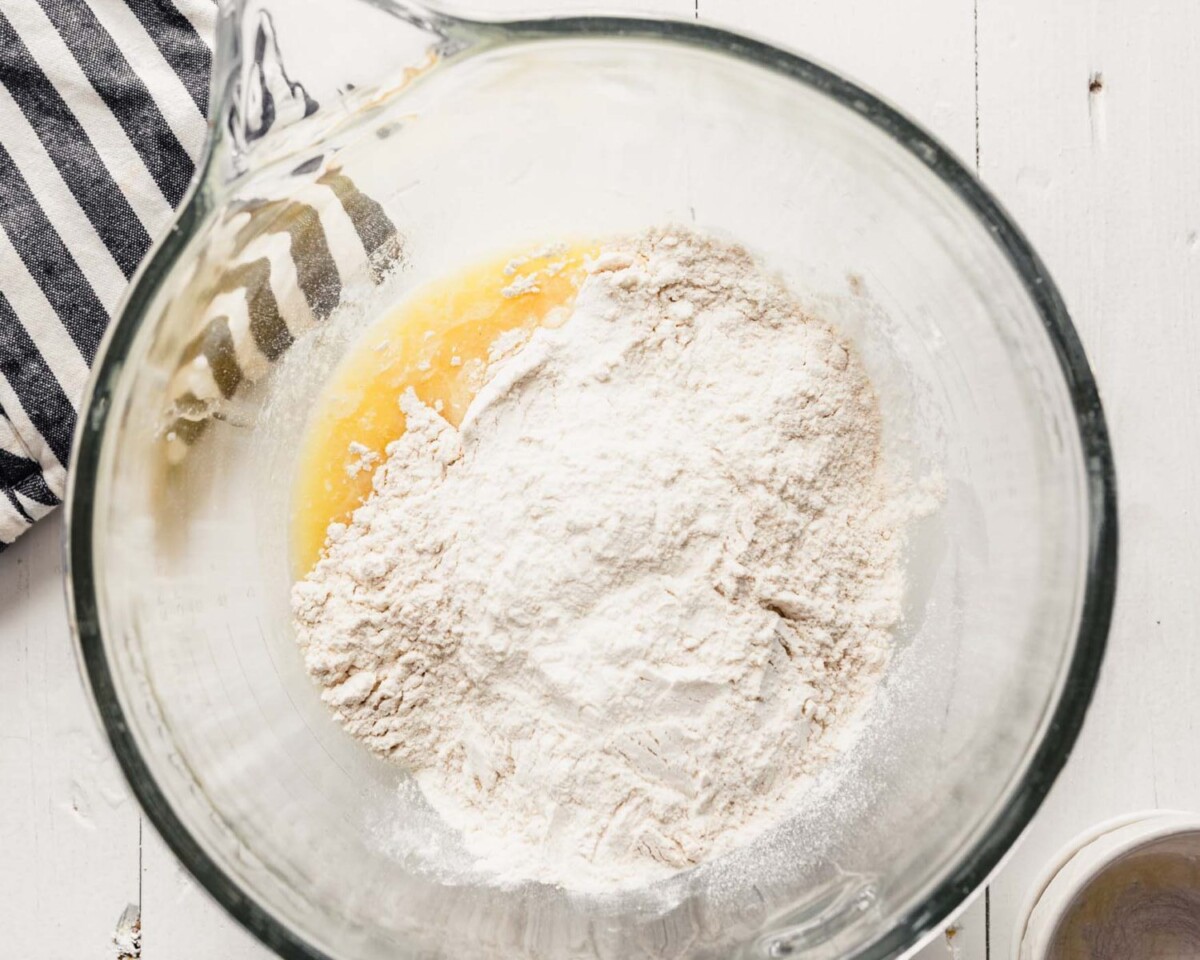
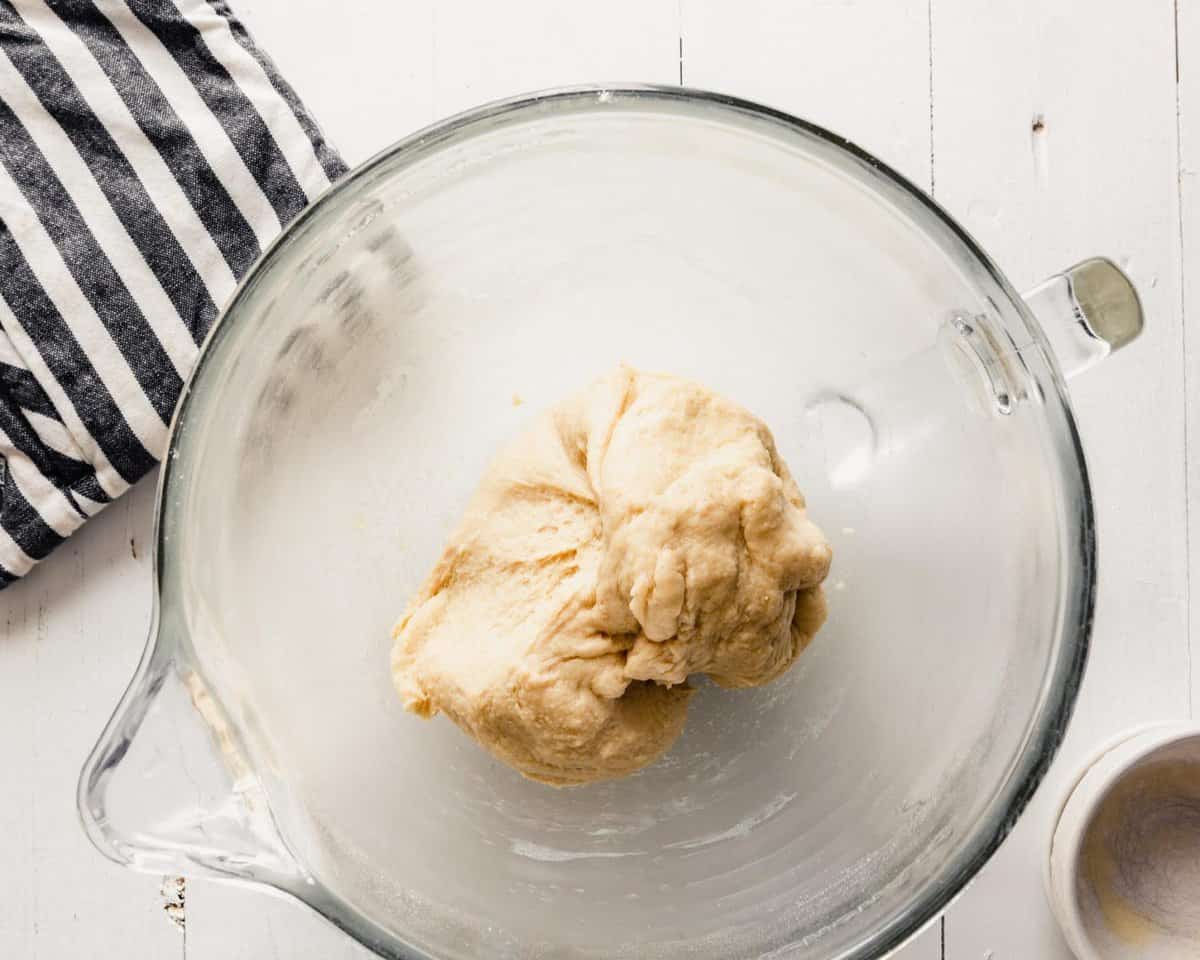

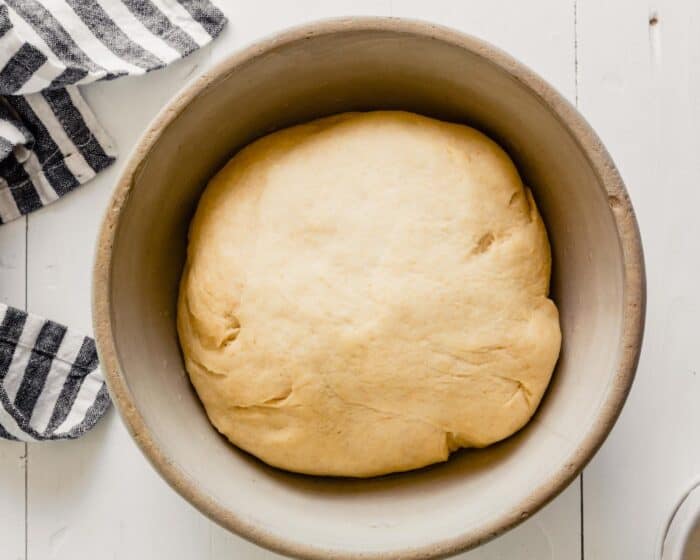

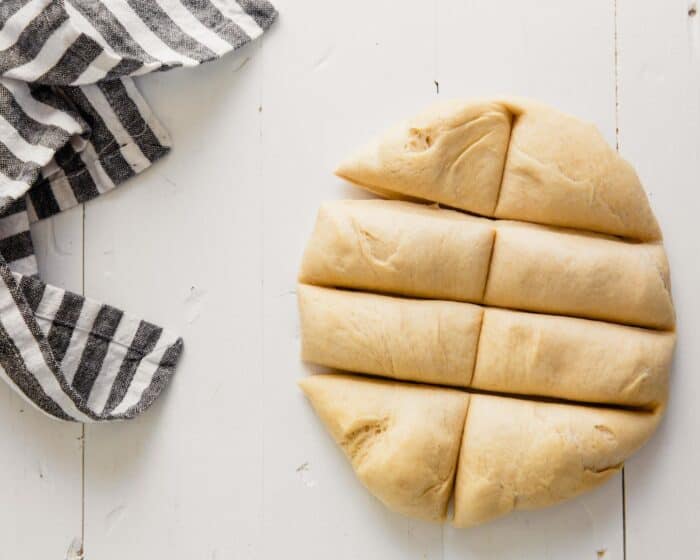
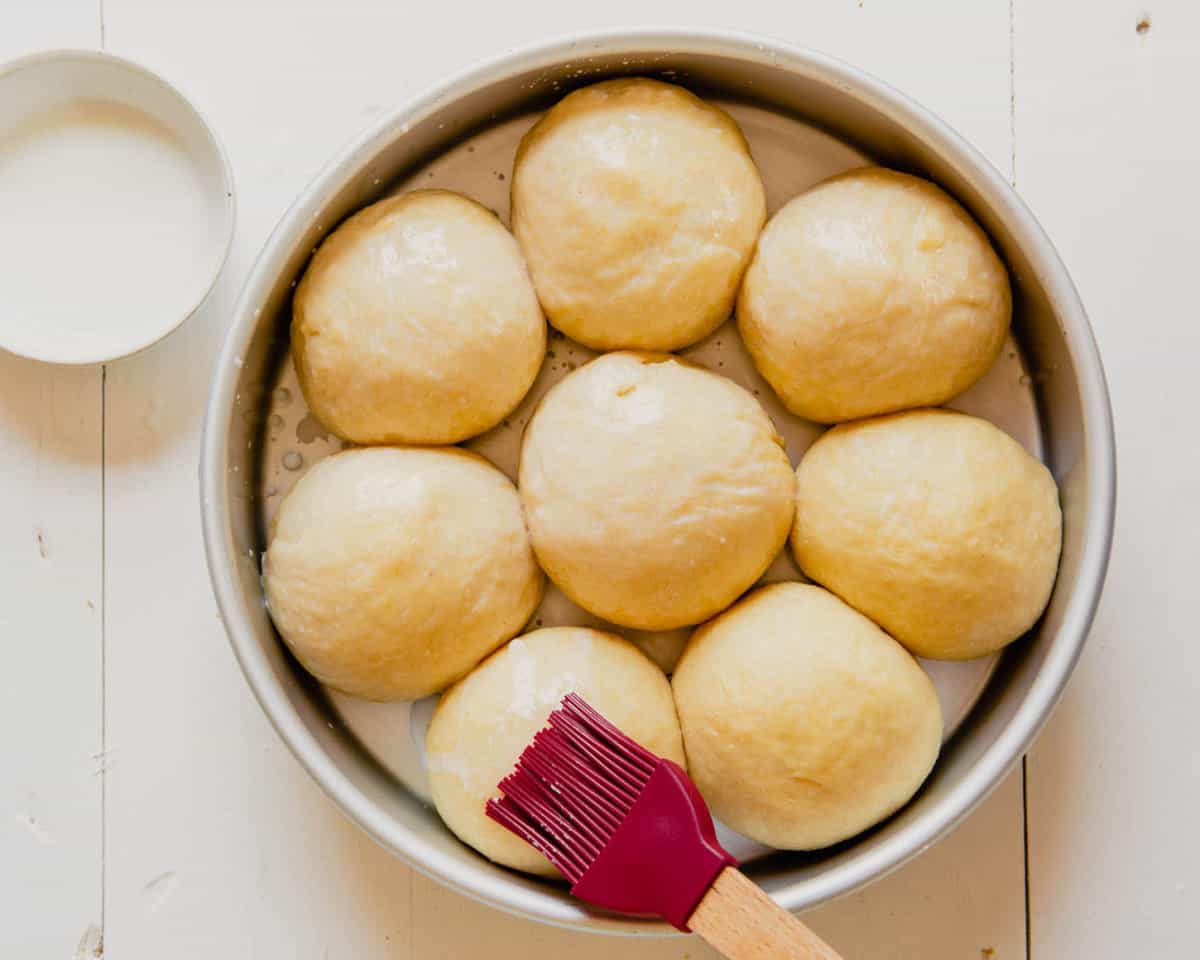
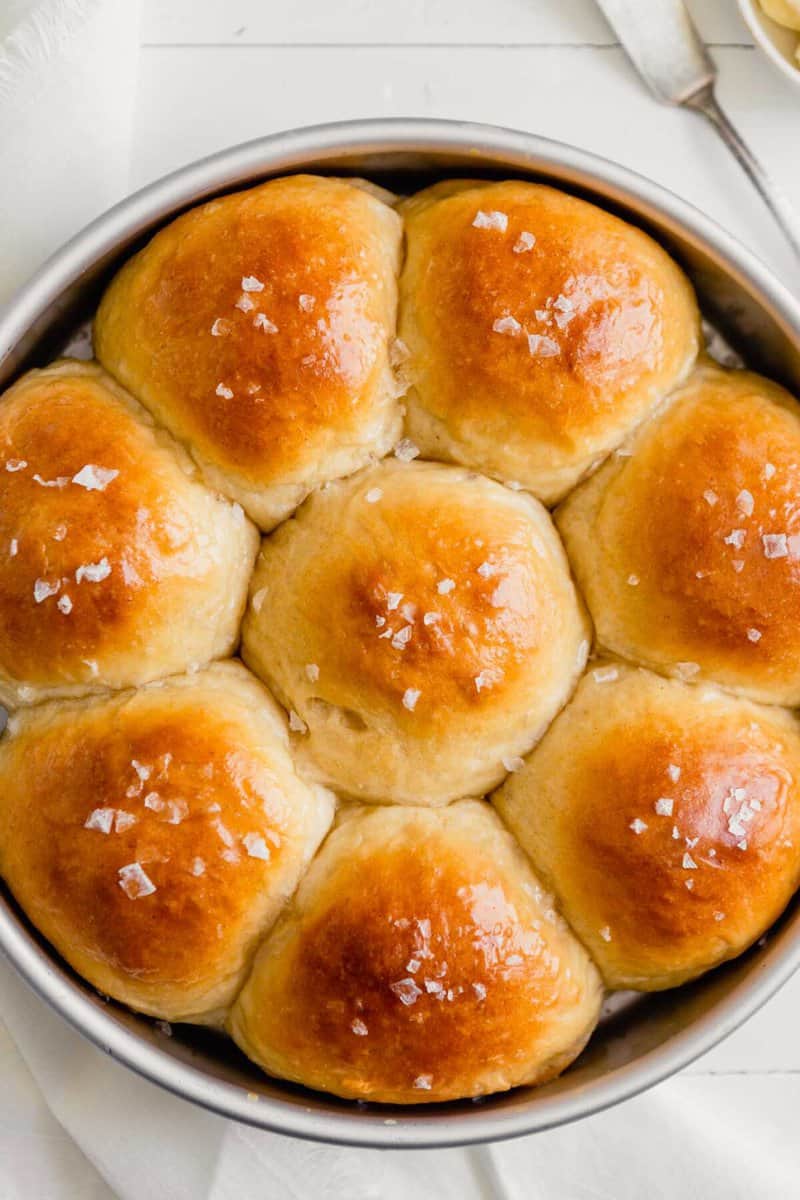
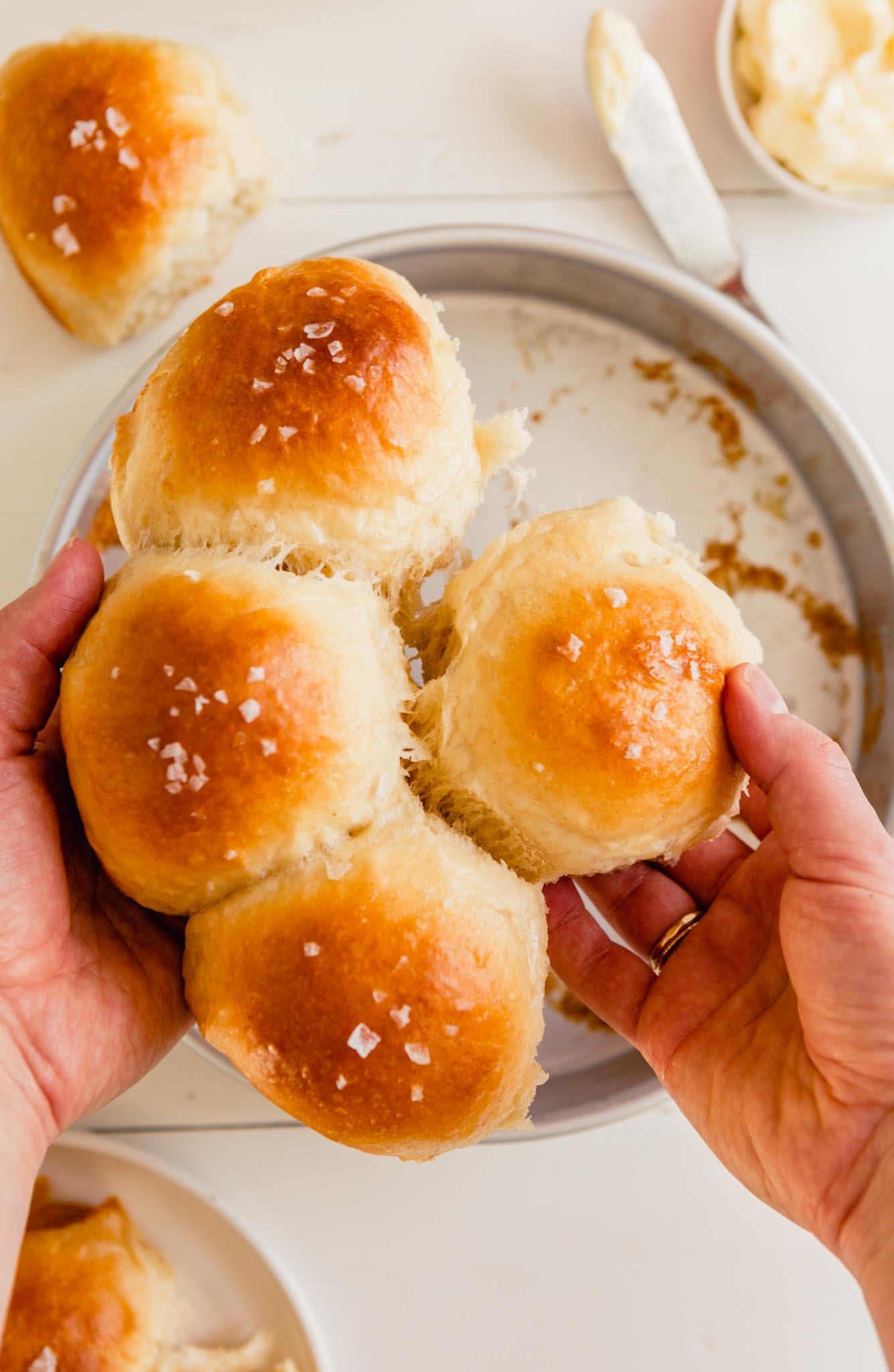
What Kind of Milk to Use
For the best results, you’ll need two types of milk. The first, dry milk powder. The second, whole milk. We don’t recommend using low-fat or skim milks.
It’s important to use high-quality milk for these buns, which is why I’m using local Anderson Erickson whole milk.
Test Kitchen Tips
- Proof at the correct temperature. It’s important to proof the dough in a non-drafty, slightly warm space. (I usually put the bowl in my microwave, it’s above my oven so it’s slightly warm and it doesn’t have a draft.) The best temperature for proofing is generally around 75ºF to 78ºF.
- Overnight Proofing. If you want to make this recipe ahead of time, you can do the first proof of the dough overnight in the fridge. It may over-proof, but it should work just find. The second proof may take longer since the dough will be cold.
- Combine dry and wet ingredients separately. Since this recipe uses instant yeast, there is no need to activate the yeast in the wet ingredients. Whisk the yeast into the other dry ingredients so everything is equally distributed before mixing it into the wet mixture.
- Mix the dough until smooth and elastic. Use the windowpane test to determine whether you have kneaded it enough or not. (To do this, stretch the dough as thinly as possible, if it can stretch so thin you can see the light through it without breaking, your dough has passed the “windowpane test” and it’s ready to be proofed.
If the dough is too wet, add 1 tablespoon additional flour at a time, as needed, until a smooth dough is formed.
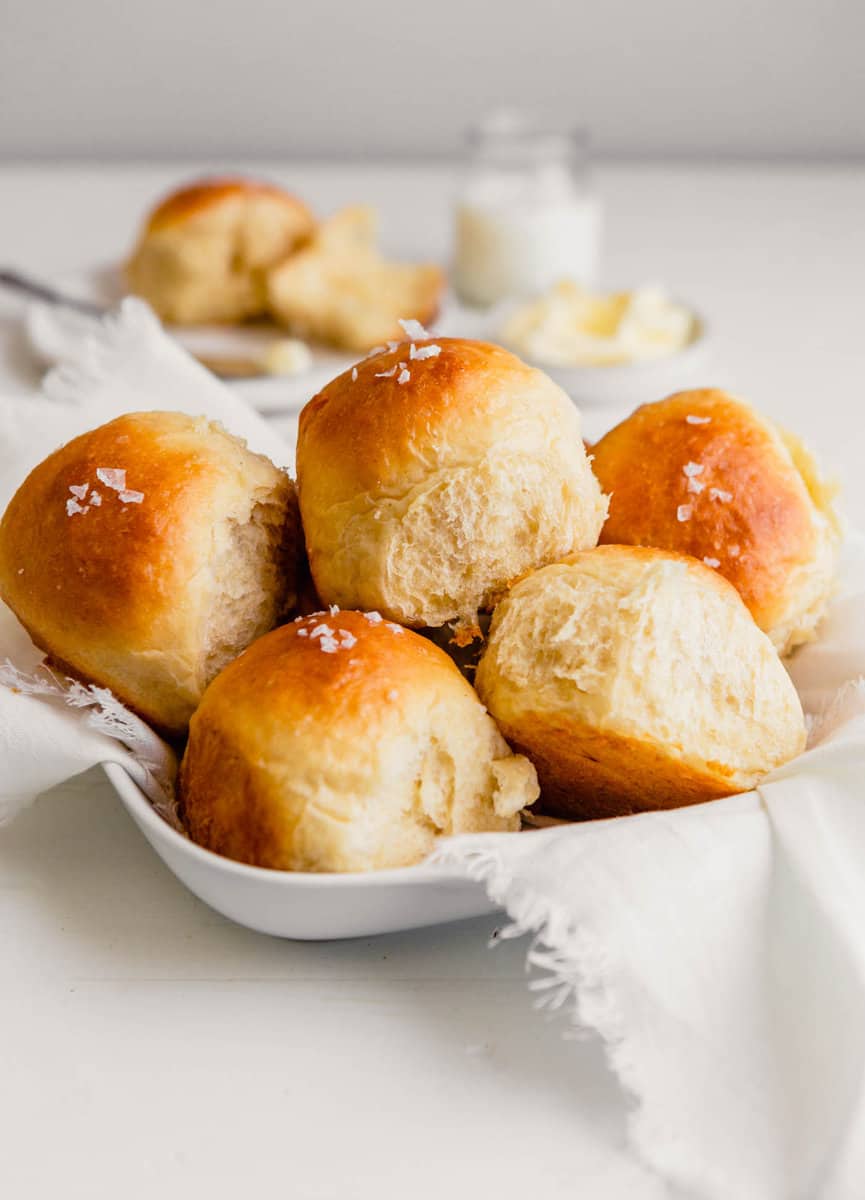
Storage
We recommend storing them wrapped in plastic wrap and foil at room temperature for up to 2 days. The microwave is actually the perfect place to store to help them keep their moisture.
You can refrigerate them for up to 4 days, but their texture will slightly dry out over that length of time.
FAQs
Brioche is much richer and buttery. Brioche uses a higher butter content and is also made with eggs for a chewier texture.
We developed this recipe using dry milk powder and whole milk. Because of that, we do not recommend you use condensed milk.
You can, but you will need to dilute it a bit. Dilute half-and-half just slightly, like a couple tablespoons. If you’re using whole milk, dilute it with 1 tablespoon.
Absolutely! After the first rise, divide dough into four equal pieces. Flatten each piece into a rectangle, then fold the short ends in towards one another like a letter. Flatten the folded pieces into rectangles again and, starting with a short end, roll them each into a log.
Place the logs, seams side down, in a row of four in a generously greased 9×5-inch loaf pan. Cover the pan with a kitchen towel or loosely with plastic and let it rest until puffy, 45–50 minutes.
Brush the loaf with milk and bake at 350°F until golden brown on top and an instant-read thermometer inserted in the center registers 190°F, about 30 minutes. Transfer pan to a rack and let cool at least 30 minutes.
We recommend brushing the buns with milk. The proteins and sugars will help the buns brown nicely while baking. It’s also easier and more convenient. No need to waste an egg for an egg wash.
However, if you want to use an egg wash you can—dilute it slightly with a splash of water.
The closest thing is probably a yeasted white roll. It has a similar texture, but milk bread has a delicious golden brown glossy top.
Yes, you can let the dough proof overnight in the fridge for 8 hours. Be sure to let the dough sit out at room temperature for 30 minutes before shaping into rolls for the second proof.
No, we don’t recommend this since the recipe would need to be altered. It is best using a stand mixer.
More Recipes to Try
- If you’re looking for more ways to explore Japanese flavors, try Beef Negimaki (steak and scallions rolls). They’re a great appetizer or dinner.
- Enjoy the flavors of sushi deconstructed with this Sushi Salad made with wasabi tuna. Or try Salmon Poke Bowls—similar to the Sushi Salad but a little easier.
- There’s nothing cozier or more comforting than Beef Ramen. This version is made with shredded beef short rib (so decadent), browned mushrooms and a super savory broth.
- For more roll and bread recipes, try my No Knead Focaccia, Sweet Potato Dinner Rolls, or Homemade Kaiser Rolls.
Japanese Milk Buns (Hokkaido Milk Bread)
Description
Ingredients
Tangzhong (starter)
- 3 tablespoons (43g) water
- 3 tablespoons (43g) whole Milk, such as AE Dairy
- 2 tablespoons (14g) unbleached bread flour
Dough
- 2 cups (244g) unbleached bread flour
- ½ cup (61g) white whole-wheat flour, or additional bread flour
- 2 tablespoons (11g) nonfat dry milk powder
- 2 tablespoons (25g) sugar
- 1 teaspoon salt
- 1 tablespoon instant yeast
- ½ cup (113g) whole milk + more for brushing on buns
- 1 large egg, beaten
- 4 tablespoons (57g) unsalted butter, melted + more for brushing on buns
- Flaky sea salt
Instructions
Tangzhong
- Vigorously whisk together 3 tablespoons water, 3 tablespoons whole milk, and 2 tablespoons bread flour in a small saucepan until thoroughly combined and no lumps remain.
- Cook Tangzhong over low heat, whisking constantly, until thickened and whisk leaves a trail on bottom of pan, 3–5 minutes.
- Transfer Tangzhong to the bowl of a stand mixer (or large bowl is mixing by hand) and let cool to room temperature.
Dough
- Combine bread flour, whole-wheat flour, milk powder, sugar, salt and yeast in a medium bowl; set aside.
- Add ½ cup whole milk, egg and melted butter to stand mixer with Tangzhong; stir to combine.
- Add flour mixture to stand mixer, attach dough hook to mixer and turn mixer to low speed. Mix and knead until a smooth, elastic dough forms, 8–9 minutes.
- Remove dough from mixer, briefly knead a couple of times by hand then transfer to a large greased bowl.
- Cover bowl with a kitchen towel or loosely with plastic and let rest until puffy but not quite doubled in size, 75–90 minutes.
- Gently punch down dough.
- Divide it into 8 equal pieces.
- Form dough pieces into smooth, taut rounds (see recipe note below). Then place rounds in a generously greased 9-inch cake pan (round or square).
- Cover Pan with a kitchen towel or loosely with plastic and let rounds rest until puffy, 45–50 minutes.
- Meanwhile, heat the oven to 350°F (176ºC) with rack set in middle position.
- Using a pastry brush, lightly brush rounds with milk. Bake buns until tops are golden brown and an instant-read thermometer inserted in the center registers 190ºF (87ºC), 25–28 minutes.
- Transfer pan to a wire rack; let buns cool in pan for 10–25 minutes. Run a butter knife around edges of pan and gently lift buns out of pan; transfer to wire rack.
- Brush tops of buns with melted butter and sprinkle with sea salt.
Video
Notes
Nutrition
More Easy Bread Recipes
This post was sponsored by AE Dairy. As always all thoughts, opinions, and recipes are my own. Thanks for supporting all things ZK!
This recipe article was originally written on April 14, 2020.


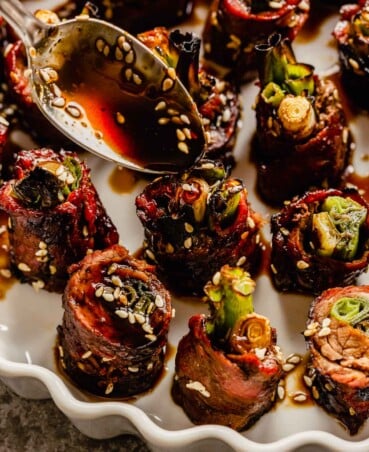
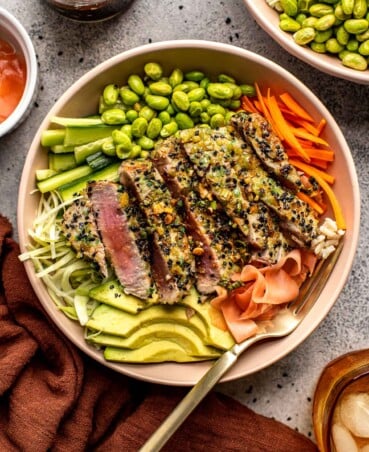
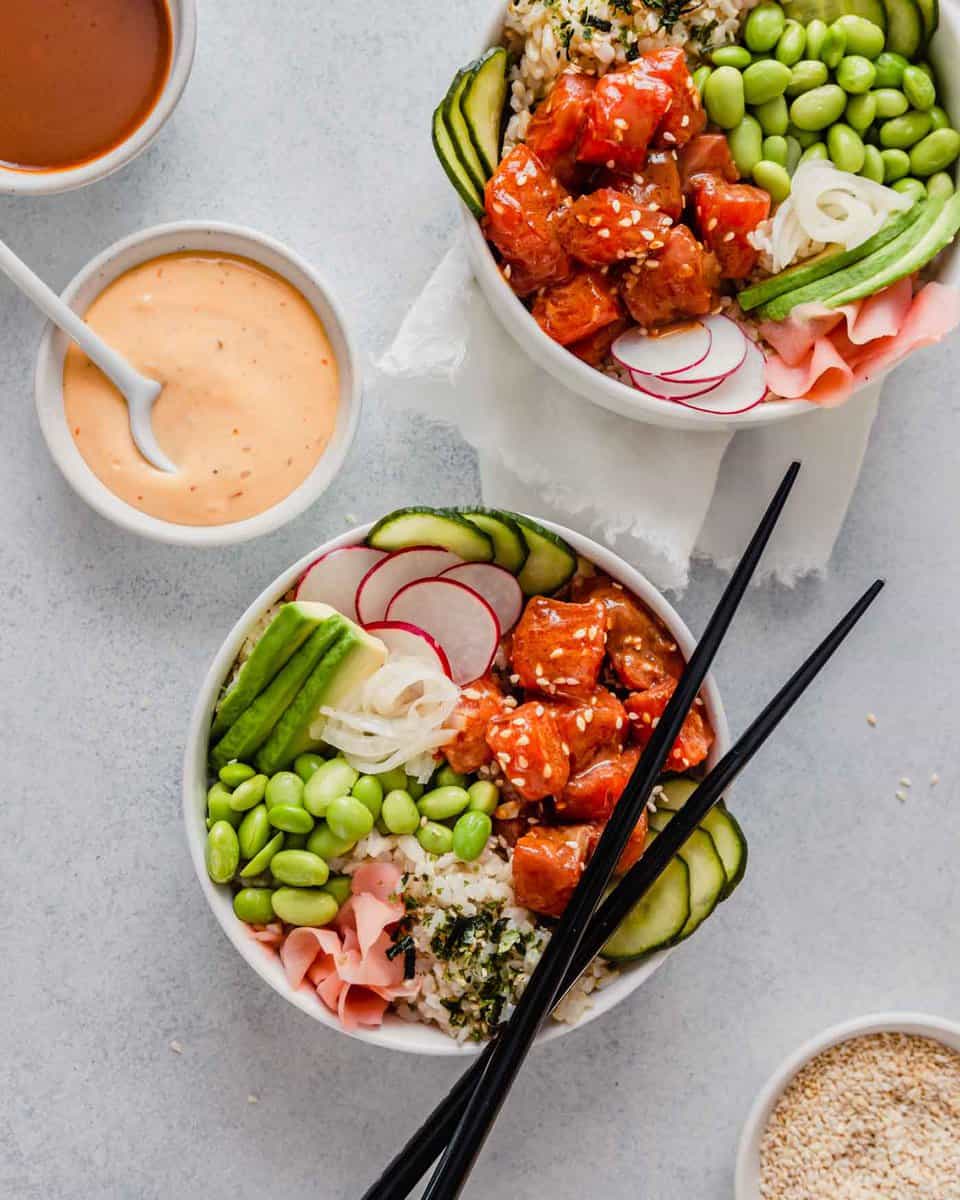
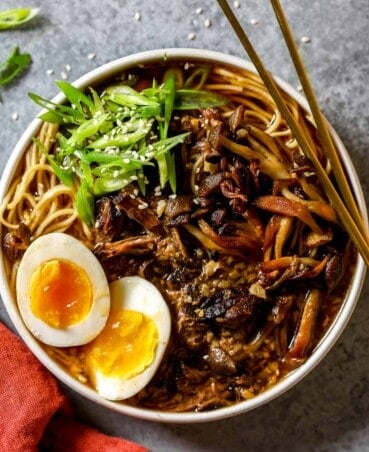
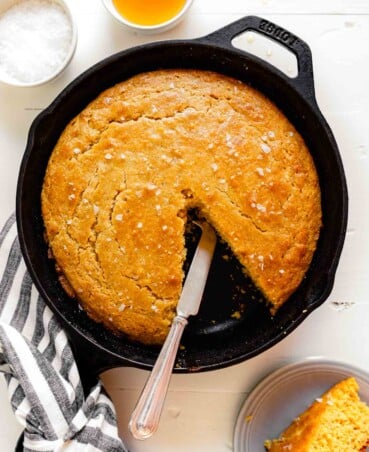
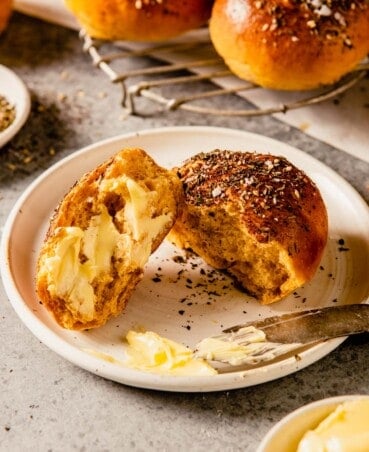
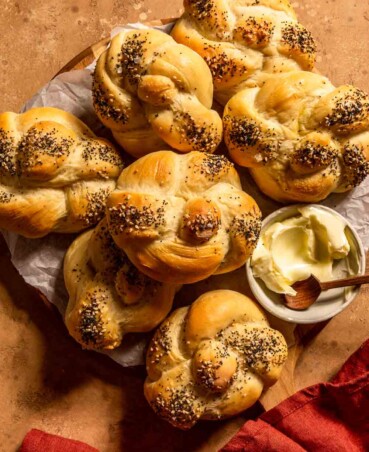
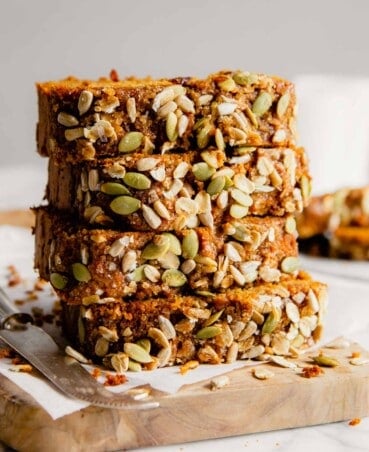
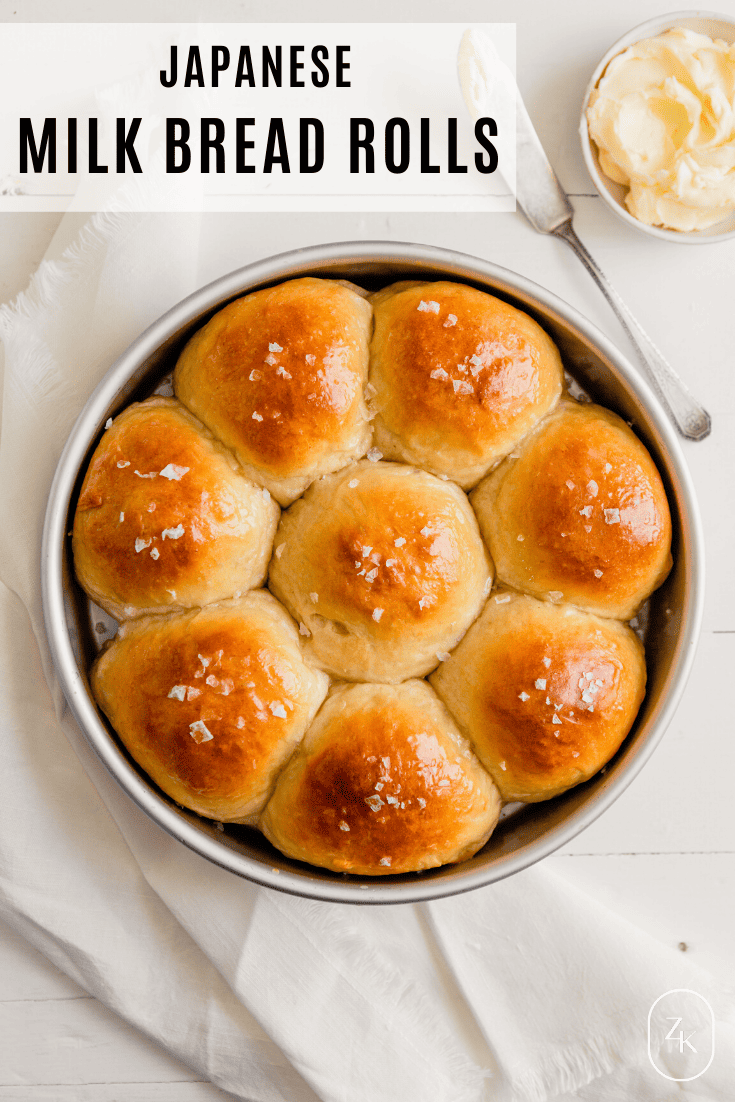
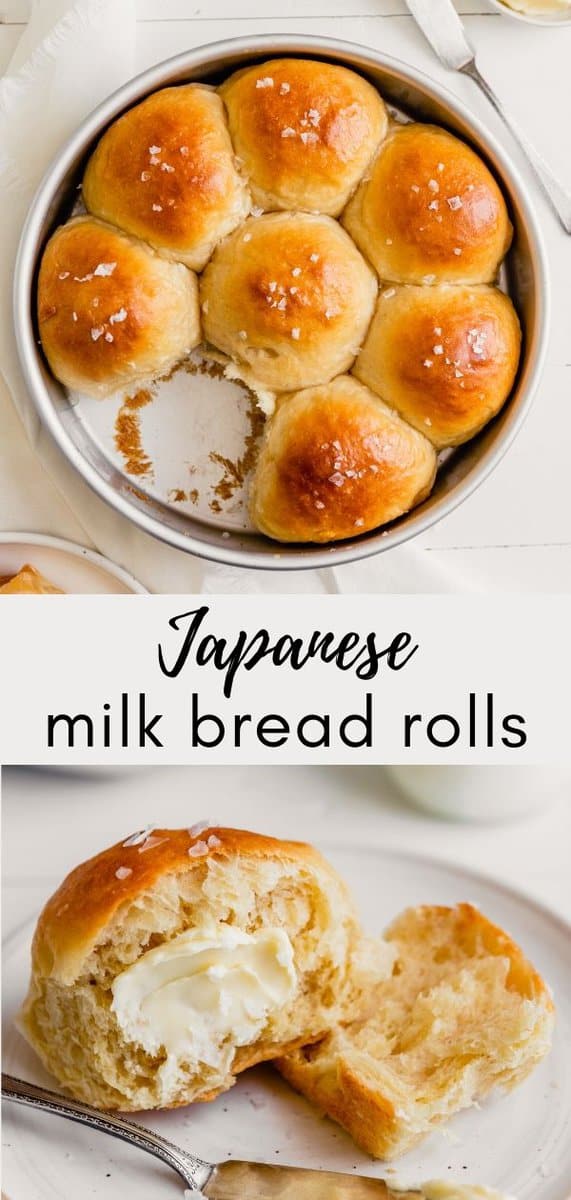
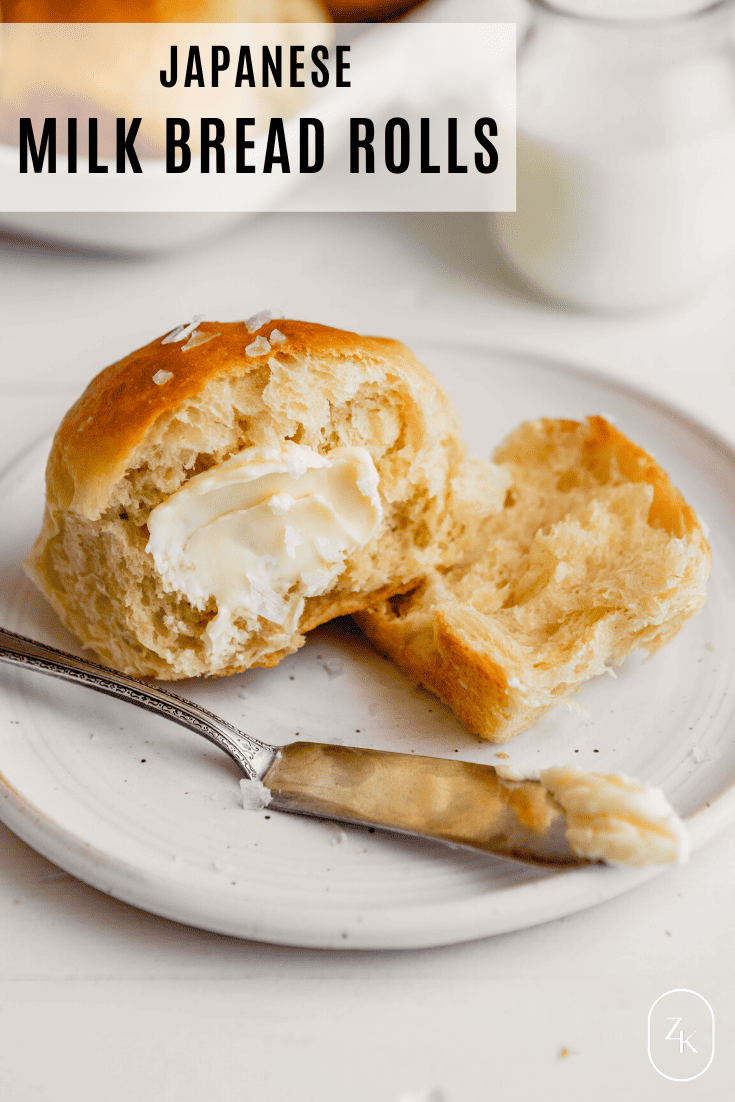
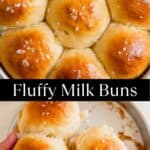
These rolls look sooo soft and delicious! Cannot wait to make!
We’ve been on a bread making kick over here and these have hands down, been our favorite recipe! Thank you!
I cannot even tell you how amazing these rolls are!!!!! They are perfectly soft and tender on the inside and golden on the outside. My family LOVED them. This is now my go-to roll recipe.
I can actually taste these through the picture! YUM!
What a wonderful recipe, my family loved these. Thank you so much for the recipe
I was totally drooling watching you make them on IG… they did not disappoint!
Yay!! These are a fav around here!
Hi! Wonderful recipe I want to try. However, I don’t have dry milk powder… is there anything I can substitute it with to minimise the effects on my end product? Thanks 🙂
Hi Dana! Do you by chance have dried buttermilk powder or powdered coffee creamer (unflavored)? If so, you can use those. Otherwise, you can leave it out altogether and the buns should come out beautifully. Dry milk powder adds conditioning to the dough and helps to create a really tender crumb. The end result shouldn’t be too different without it!
Hi. I would love to try this recipe but cannot get some of the ingredients because of the lockdown in our place. I have powdered milk but do not have dairy whole milk can i substitute it in this recipe? If so, how? Thanks and hope to hear from you.
Hi Lorna! Thanks for reaching out—such a great question! Do you have access to soy milk? If so, I would substitute the dairy milk with unsweetened soy milk. Any unsweetened nut milk will work, but soy is best as it’s the most similar to dairy milk.
If you ave access to other dairy products, you can make whole milk with these combinations:
2 tbsp. cream + 7/8 cup skim milk
6 Tbsp. half-and-half + 10 Tbsp. skim milk
1/3 cup half-and-half + 2/3 cup 1% milk
1/4 cup half-and-half + 3/4 cup 2% milk
Let me know if you have any other questions!
Can I make the dough overnight and leave in fridge chiller for baking the next day?
Hi Hazel! Great question, yes you can! I recommend going through that first 75-90 minutes proof, then forming the dough into balls and placing then in the pan according to the directions. Instead of proofing on the counter for another 45-50 minutes, cover the pan loosely with plastic and place it in the refrigerator. The next day, pull the pan out and let it rest at room temperature for 20–30 minutes prior to baking according to the directions. Let me know how it turns out!
Hi there, I don’t have bread flour, can I substitute regular all purpose flour for that? My kids are going to love these!
Hi Ruth!
The rolls will have the best texture (and rise) if bread flour is used, but in a pinch you can use all-purpose flour. The rolls likely won’t rise quite as much, and you may need a bit additional flour if the dough is super sticky. Otherwise, swapping the flour should work fine!
My go to bread recipe! Delicious! Thanks for sharing.
Hi Lily! So happy to hear you enjoy this recipe, it’s one of my all-time favorites!
Thinking about making for Thanksgiving…is it possible to make ahead? Should I bake and freeze or put dough in freezer overnight?
Hi Devon, I would recommend baking the rolls then, once cooled, wrapping them tightly in plastic wrap and foil and freezing. Let the bread thaw on the counter for a few hours prior to serving. If you want to serve them warm, reheat them in a 350°F oven until warm.
I hope that helps!
Can i use ap flour instead of white whole wheat flour
Great question! I would recommend just using more bread flour!